*** English version below ***
Ein Ausflug ins Wallis, die bekannteste Weinregion der Schweiz. Auf den Spuren von Chasselas und Cornalin.
Über die leichte Hügellandschaft Rheinhessens, sind wir Richtung Süden gegangen und haben uns an den westlichen Hängen der Vogesen verweilt und Weine im Elsass probiert. Und nun erreichen wir den letzten Halt unserer kleinen Reise durch die feinsten Weinregionen Mitteleuropas, das Wallis im Süden der Schweiz.
Weine aus der Schweiz sind für mich eine neue Erfahrung. Da ich erst vor kurzem in die Schweiz gezogen bin, ist es umso spannender die Weinkultur hier kennen zulernen. Laut den Schweizern findet man die besten Weine im Wallis… Finden wir es heraus!
Aber wo genau befinden wir uns?
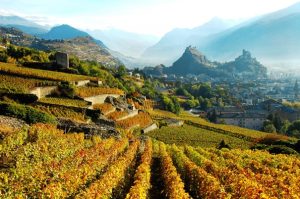
Das Wallis ist ein Kanton im Süden der Schweiz. Das Matterhorn im Rücken, bietet das Wallis nicht nur ein Zuhause für einen der bekanntesten Berge der Schweiz, sondern auch für feine Tropfen. Entlang der Rhône stehen zu beiden Seiten an den steilen Hängen die Weinberge, die ungefähr ein Drittel der gesamten Schweizer Weine erbringen. Tatsächlich ist diese Region, die erste auf unserer Reise, die mehr Rotweine als Weißweine produziert. Die Sorte, die am meisten produziert ist, ist ein Alter Bekannter von uns den wir bereits im Elsass getroffen haben: der Pinot Noir, zur Überraschung ist der Pinot Gris, ein Weißwein, der am wenigsten angebaute Weißwein im Wallis.
Wer hier eine Weinprobe besucht hat definitiv den Jackpot gezogen: Alpenpanorama und ein guter Tropfen auf der Zunge… kann es besser werden?
Was macht das Wallis zu dieser Traumkulisse für Weinbau?
Das Wallis ist wohl einer der traditionsreichsten Weinregionen, bereits 15 vor Christus findet der erste Weinbau in der Region statt. Römische Rebsorten prägten damals das Wissen von heute. Wein wurde als selbstverständliches Lebensmittel angesehen, der eigentliche Handel mit Wein kam erst im 19. Jahrhundert. Dies förderte die Qualität der Weine aus der Region für den nationalen und Internationalen Handel.
Außerdem begünstigt das steppenartige Klima den Weinbau im Wallis. Das Wallis ist gesegnet mit vielen sonnenreichen Tagen über das Jahr (ungefähr 2000 Sonnenstunden pro Jahr), dadurch ist es trocken, was den Anbau von Wein begünstigt. Die Alpen schützen das Tal vor starken Wetterwechseln. Auch der trockene Wind, der durch das Tal bläst, begünstigt die Reifung der Trauben. Somit können Winzer bis zu 30.5 Millionen Liter Wein am Ende der Saison herstellen, den sie in Höhen bis zu 1150 Metern über dem Meeresspiegel ernten.
Die Zusammensetzung der Böden ist unterschiedlich je nach Region. Granit und Gneis sind vorherrschend im Unterwallis zu finden. Wobei man weiter Talaufwärts auf kalkreiche Schieferböden stößt.
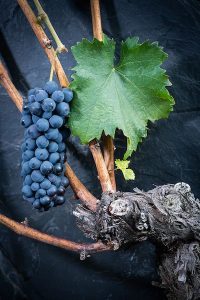
Welche Weine sollte man probieren?
Cornalin wird als eine der wertvollsten autochthonen Weinsorten des Wallis bewertet. Diese Rebsorte ist wohl die Diva unter den Weinen im Wallis. Sein Wesen werden die meisten wohl als kapriziös bezeichnen, was fast zum Aussterben des Weins geführt hätte.
Die Rebsorte kommt ursprünglich aus Norditalien und war in den 1970er Jahren vom Aussterben bedroht. Jedoch erlebt er heute seine Renaissance und wird auf mehr als 135 Hektar angebaut.
Warum war der Cornalin vom Aussterben bedroht war? Nun diese Sorte reift erst spät, ist sehr sensible und der Ausbau im kleinen Eichenfass verlangt, die volle Aufmerksamkeit und das Fingerspitzengefühl des Winzers. Außerdem ist die Rebe sehr anfällig für Magnesiummangel und Traubenfäule.
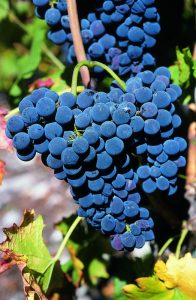
Der Cornalin lässt sich auf der rustikalen Seite des Weinbaus einordnen. Der Wein ist gekennzeichnet durch Noten wie Nelken und Kirsche. Durch seine dunkelrote Farbe und violetten Reflektionen, lässt dieser Rotwein die Herzen von Weinliebhabern höherschlagen. Den Höhepunkt erlebt dieser Wein in seiner Jugend, in dieser Zeit zeichnet sich der Geschmack durch eine wilde Seite aus. Mit dem Alter nimmt wird der Wein zahmer und bekommt eine Patina von Finesse und Vornehmheit.
Wer also nach einer besonderen und langfristigen Geschmackserlebnis sucht, sollte den Cornalin in den verschiedenen Stufen seines Alters probieren.
Der “Urschweizer” im Glas
Die zweite Rebsorte, die wir im Wallis entdecken ist der Fendant. Dabei handelt es sich um einen reinen Chasselas. Der wohl bekannteste Weißwein aus dem Wallis und die in der Schweiz am weitest verbreiteste Weißweinsorte. Mit 60% Anteil an der gesamte Weinerzeugung in der Schweiz.
Warum kennt man den Wein unter zwei Namen? Im 18. Jahrhundert wurde der Name „Fendant“ immer bekannter für den Chasselas. Dabei macht der Name Anspielungen darauf, dass die Beeren des Chasselas beim Zerdrücken nicht platzen, sondern sich spalten (franz.: la fente, die Spalte). Erst mit dem 20. Jahrhundert wurde der Name „Chasselas“ auch von Weinproduzenten außerhalb des Wallis übernommen.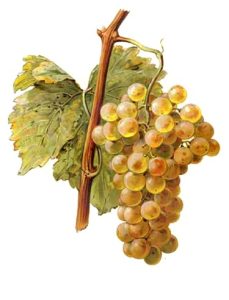
Der Chasselas nimmt in seinem Geschmack verschiedene Gestalten an, beispielsweise kann der grundsätzlich fruchtige Wein leicht sein aber auch süffig und alkoholkräftig im Geschmack erscheinen. Wie wir auch schon beim Riesling in Rheinhessen feststellen konnten, spiegelt der Chasselas im Geschmack seinen Standort und den Reifegrad der Trauben wider. Dabei ist die Standortwahl für den Winzer von erstrangiger Bedeutung. Klassischerweise hat der Chasselas eine fruchtige, blumige und eher süßere Note. Nach einer Liegezeit von fünf bis zehn Jahren entwickelt der Wein eine nussige Note mit Honigaromen, auch die Textur des Weines gewinnt dann an Fülle.
Da die Beeren des Chasselas früh reifen (in der Westschweiz Mitte September bis Mitte Oktober) wird diese Rebsorte oft als Vergleichsgrundlage für den Reifegrad anderer Rebsorten verwendet.
Wen es also einmal ins Wallis verschlägt, sollte auf alle Fälle ein Gläschen dieses „Urschweizers“ genießen und sich durch den Geschmack des Weines auf eine Reise seines Ursprungs mitnehmen lassen.
*** English version ***
On the tracks of the wines in Valais
Welcome to the last stop of our little journey through the vineyards of Central Europe.
Over the gently rolling hills of Rheinhessen, we’ve headed south, lingering on the western slopes of the Vosges and tasting wines in Alsace. And now we reach the last stop on our little journey through the finest wine regions of Central Europe, Valais in southern Switzerland.
Wines from Switzerland are a new experience for me. Having only recently moved to Switzerland, it is all the more exciting to learn about the wine culture here. According to the Swiss, the best wines are found in Valais… Let’s find out!
But where exactly are we?
Valais is a canton in the south of Switzerland. With the Matterhorn at its back, Valais is not only home to one of Switzerland’s most famous mountains, but also to fine wines. Along both sides of the Rhône River on the steep slopes stand the vineyards that yield about one-third of all Swiss wines. In fact, this region is the first on our trip that produces more red wines than white. The variety that is most produced is an old acquaintance of ours that we have already met in Alsace: the Pinot Noir, to the surprise of the Pinot Gris, a white wine, is the least cultivated white wine in Valais.
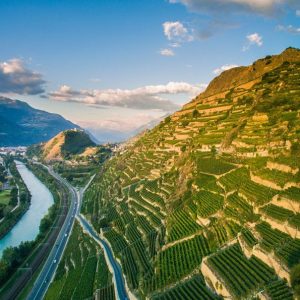
Who visits a wine tasting here has definitely hit the jackpot: Alpine panorama and a good drop on the tongue… can it get better?
What makes Valais such a dream setting for winemaking?
Valais is arguably one of the most traditional wine regions, with the first viniculture taking place in the region as early as 15 BC. Roman grape varieties at that time shaped the knowledge of today. Wine was considered a natural food, the actual trade in wine came only in the 19th century. This promoted the quality of wines for national and international trade.
In addition, the steppe-like climate favors viticulture in this region. Valais is blessed with many sunny days throughout the year (about 2000 hours of sunshine per year), making it dry, which favors the cultivation of wine. The Alps protect the valley from strong weather changes. The dry wind that blows through the valley also favors the ripening of the grapes. Thus, winemakers can produce up to 30.5 million liters of wine at the end of the season, which they harvest at altitudes up to 1150 meters above sea level.
The composition of the soils varies depending on the region. Granite and gneiss are predominant in the lower Valais. Whereas further up the valley one encounters calcareous slate soils.
Which wines should you taste?
Cornalin is rated as one of the most valuable autochthonous wine varieties of Valais. This grape variety is probably the diva among the wines of Valais. Its nature will probably be described by most as capricious, which almost led to the extinction of the wine.
The grape variety originates from northern Italy and was threatened with extinction in the 1970s. However, today it is experiencing its renaissance and is grown on more than 135 hectares.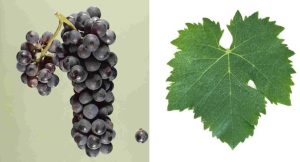
Why was the Cornalin threatened with extinction? Well, this variety ripens late, is very sensitive and the aging in small oak barrels requires the full attention and tact of the winemaker. In addition, the vine is very susceptible to magnesium deficiency and grape rot.
Cornalin can be classified on the rustic side of viticulture. The wine is characterized by notes such as clove and cherry. With its dark red color and violet reflections, this red wine makes the hearts of wine lovers beat faster. The peak of this wine is experienced in its youth, in this period the taste is characterized by a wild side. With age, the wine takes tamer and acquires a patina of finesse and nobility.
So if you are looking for a special and long-lasting taste experience, you should try the Cornalin in the different stages of its age.
The original Swiss in a glass
The second grape variety that we discover in Valais is the Fendant. This is a pure Chasselas. It is probably the best known white wine from Valais and the most widespread white wine variety in Switzerland. With 60% share of the total wine production in Switzerland.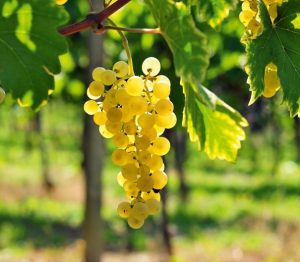
Why is the wine known by two names? In the 18th century the name “Fendant” became more and more popular for the Chasselas, the name alludes to the fact that the berries of the Chasselas do not burst when crushed, but split (French: la fente, the split). It was not until the 20th century that the name “Chasselas” was adopted by wine producers outside Valais.
The Chasselas can take different forms in its taste, for example, the basically fruity wine can be light but also appear quaffable and alcoholic in taste. As we have already seen with the Riesling in Rheinhessen, the taste of the Chasselas reflects its location and the ripeness of the grapes. The choice of location is of primary importance for the winemaker. Classically, Chasselas has a fruity, floral and rather sweet note. After aging for five to ten years, the wine develops a nutty note with honey aromas, and the texture of the wine then also gains in richness.
Since the berries of the Chasselas ripen early (in western Switzerland from mid-September to mid-October), this grape variety is often used as a basis of comparison for the degree of ripeness of other grape varieties.
So if you ever find yourself in Valais, you should definitely enjoy a glass of this “original Swiss” and let the taste of the wine take you on a journey of its origins.
_________________________________________________________ ______________
Have you seen my latest posts?
Welcome to a deep dive into the finest wines
A sweet tasty journey to Rheinhessen, the cradle of European viticulture
A treasure of liquid gold found in Alsace
A day in the vineyrads of Rheinhessen
Wo findet man flüssiges Gold? – Where to find liquid gold?
_______________________________________________________________________
Sources:
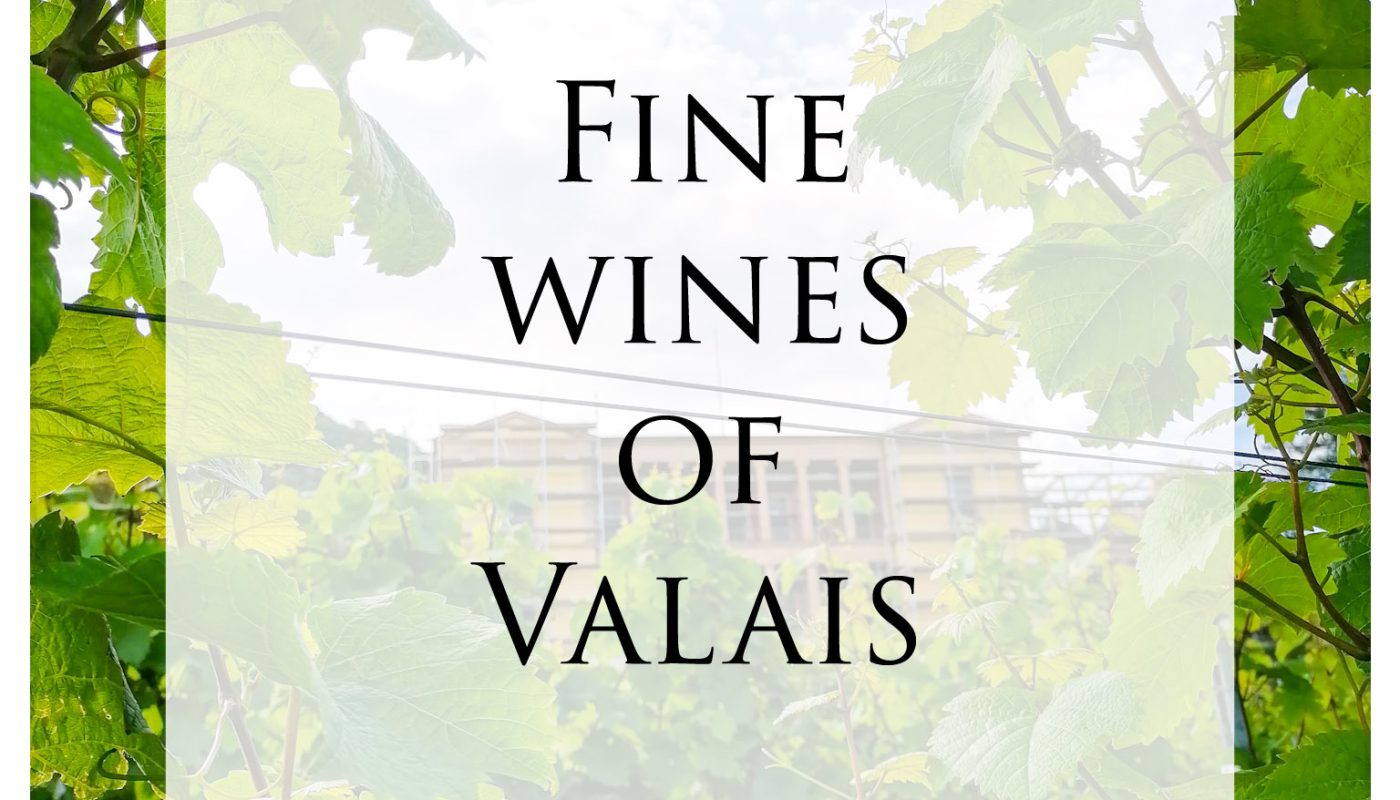



Amazing article. Thank you
Thank you Niki for your feedback 🙂